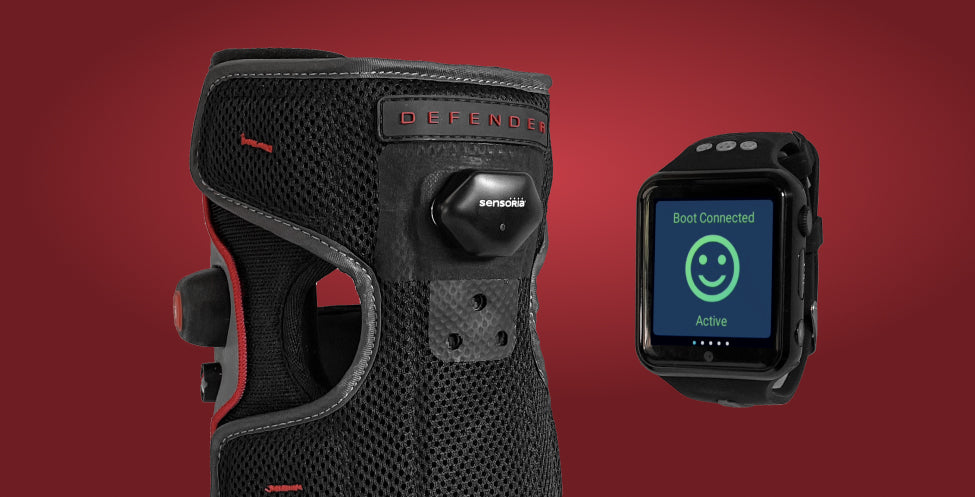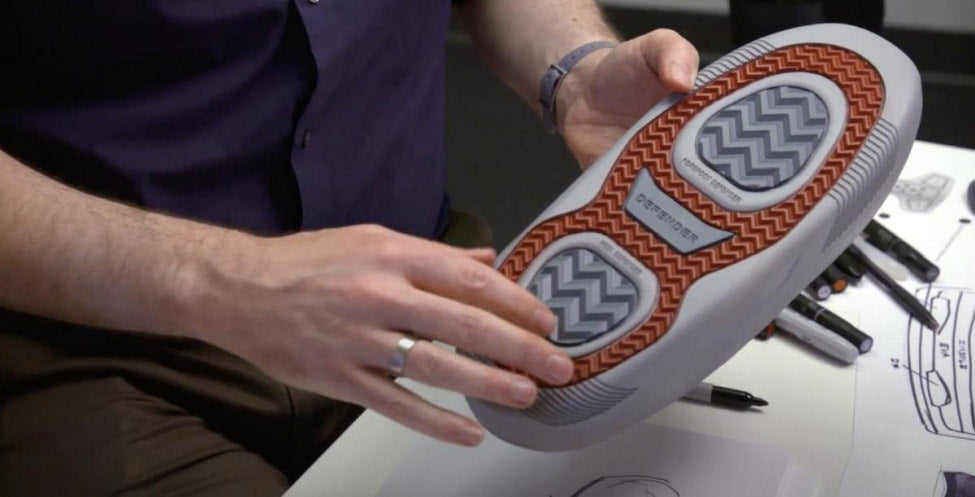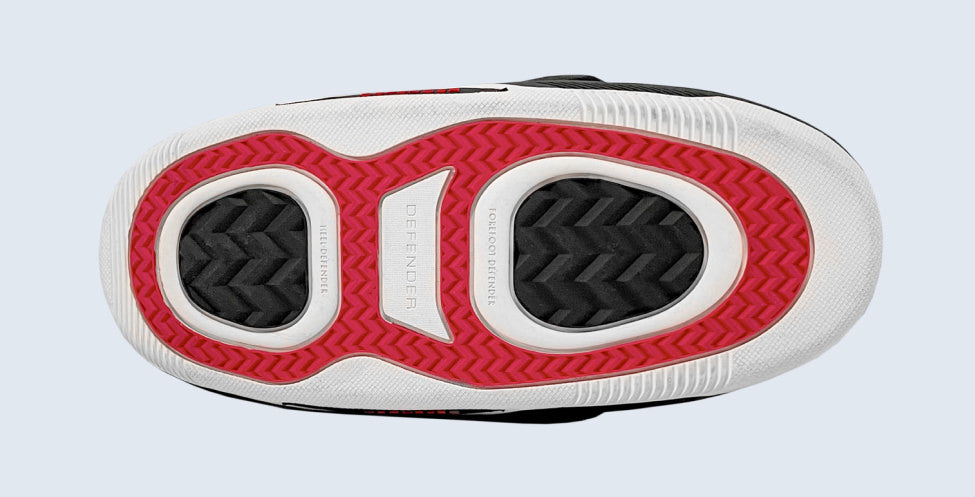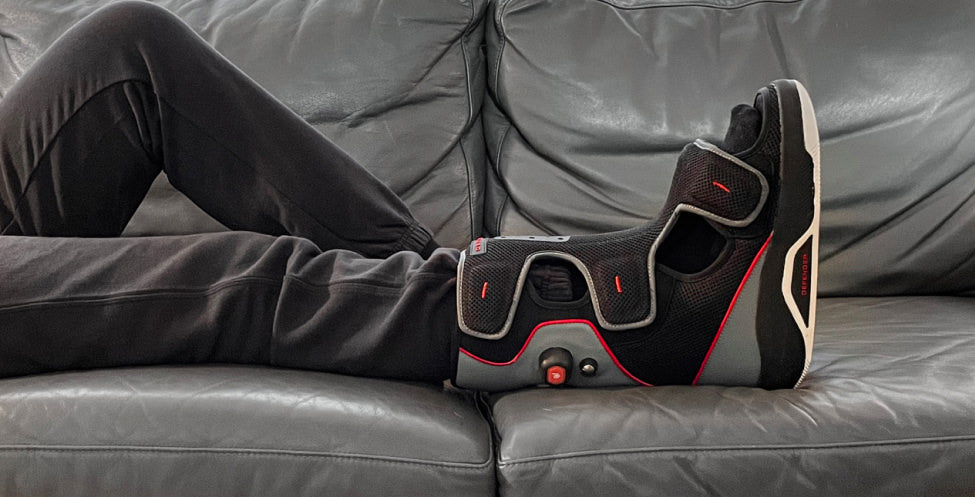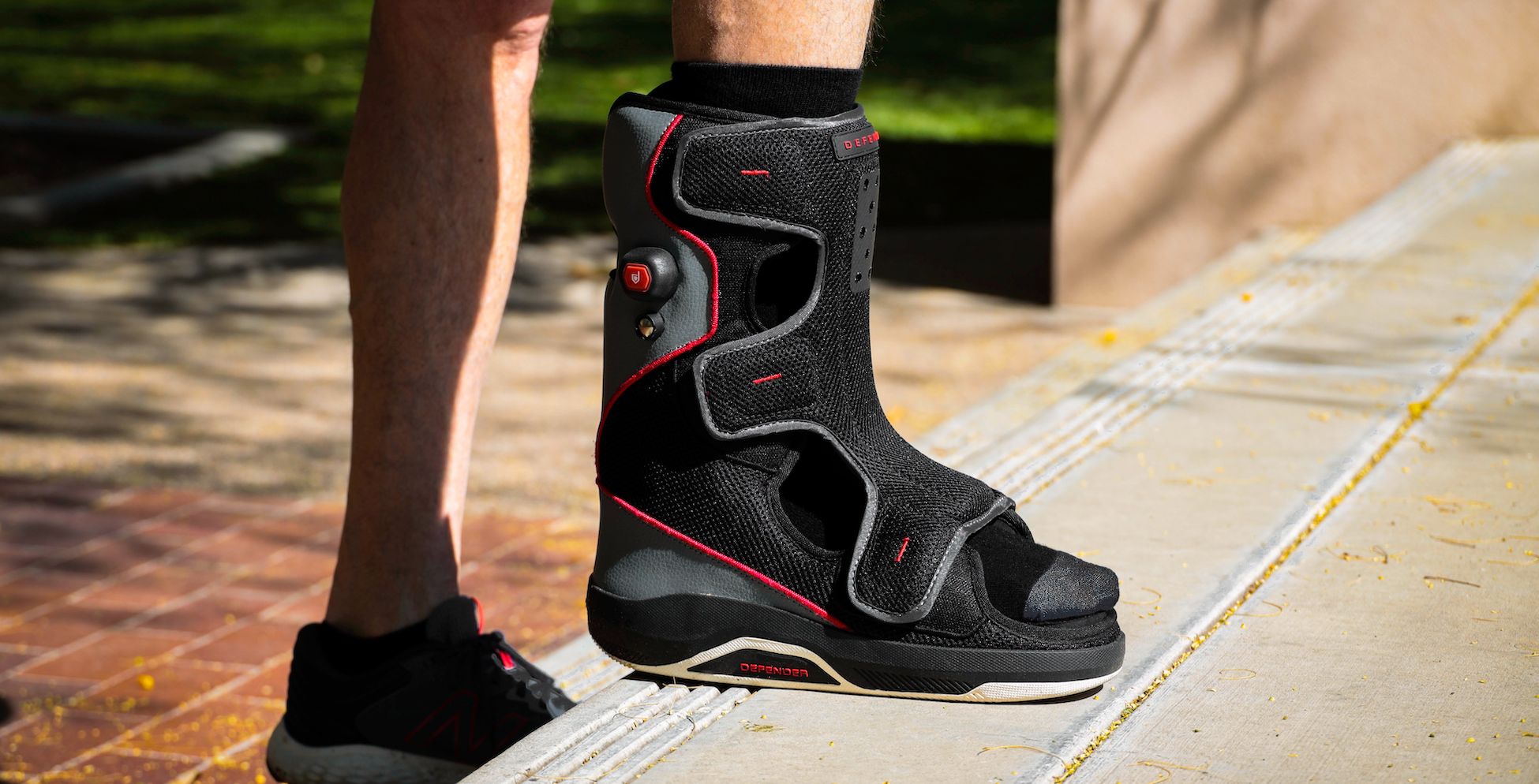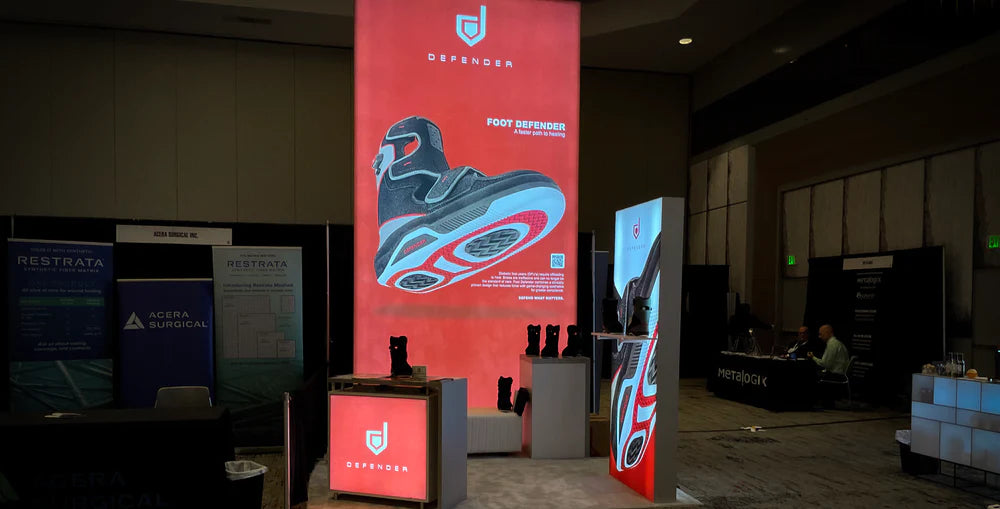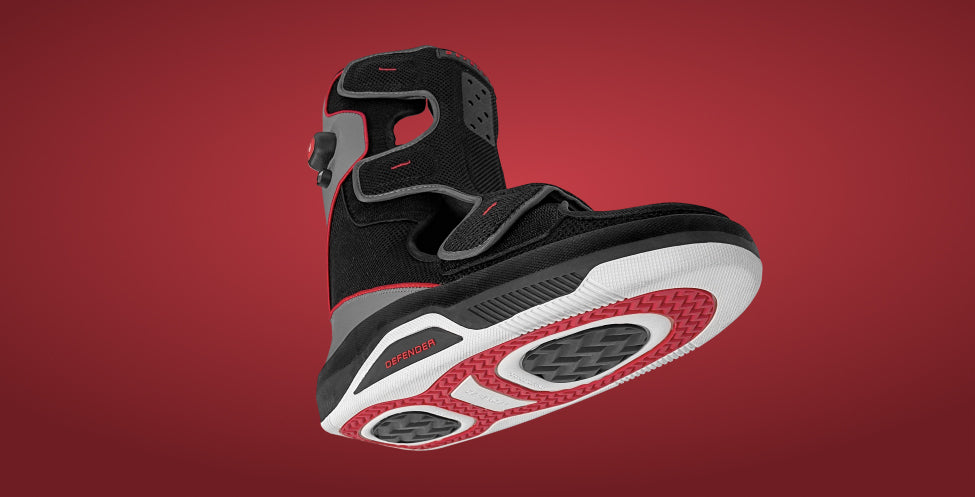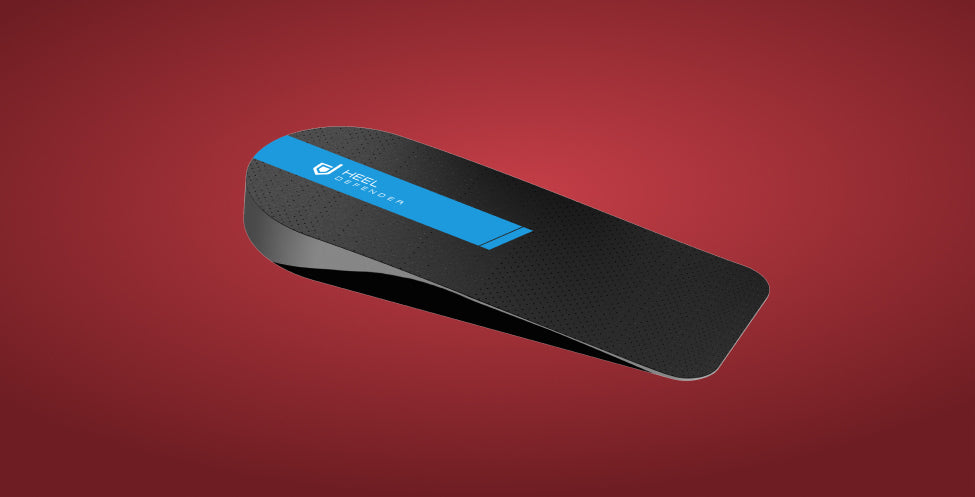Checking glucose levels at home is an important part of managing diabetes. It can be accomplished with two tools: a glucometer (glucose meter) or a continuous glucose monitor (CGM), but there are some accessibility and tooling differences.
A glucometer is a hand-held device that requires a finger poke, whereas a continuous glucose monitor is a self-inserted, wearable glucose monitoring device. A glucometer can only give limited information: What your glucose (sugar) is at the moment. A CGM produces data continuously (about every five minutes), not only telling what your glucose is, but predicting where it’s going.
Your healthcare provider will monitor your success with hemoglobin A1C testing, which estimates your average blood glucose over the past 2-3 months. It does this by measuring the amount of glucose that’s stuck on your red blood cells. And because the lifespan of a red blood cell is about 120 days, most people have A1C labs every few months.
It’s important to have your blood glucose within target range as it helps with your overall diabetes health. This is especially true if you are having any issues with healing, such as a diabetes-related foot ulcer. Research shows in-range blood sugars are a necessary part of a healthy healing process.
While most people with diabetes use a glucometer, if you’ve been prescribed insulin, you will most likely qualify for a CGM, too. You can learn more about them in the American Diabetes Association’s Consumer Guide. Both glucometers and CGMs are valuable tools that inform management decisions and improve blood glucose values over time.
Let’s dig a little deeper into the details of CGMs here.
1. Continuous glucose monitoring is a trusted way to monitor your glucose levels
By providing up-to-the-minute information, CGMs take some of the guesswork out of managing diabetes. They work with 3 simple parts: a sensor, a transmitter, and a receiver or reader.
The self-inserted sensor sits under the skin detecting glucose levels for 10-14 days. The transmitter shares this glucose data with the reader or receiver (smart device).
2. CGM monitoring doesn’t always replace the need for a glucometer
CGMs measure glucose in the body’s tissues, not the bloodstream. This means there can be a bit of a lag time for CGM readings to catch up with blood glucose. During this time, some people will check their blood glucose with a glucometer if the way they feel doesn’t match with their CGM result.
There are other times you may want to use a glucometer too: during a sensor warm-up period, if a sensor fails, or if you need to enter a blood glucose to calibrate your CGM.
3. CGMs have brand-specific apps to upload your data
Each CGM has a brand-specific app to upload your data and generate reports. In general, this needs about 14 days of data to give you an estimate of your A1C value. For most people with diabetes, it’s recommended that A1C values are less than 7%.
CGMs provide valuable data between A1C testing to help you meet your goals. Research shows decreases in A1C values by about 1%. CGMs also help to prevent frequent and dangerous episodes of hypoglycemia (low blood glucose).
4. Each CGM is a bit different from others
The functionality between CGMs will vary. For example, while the Freestyle Libre must be scanned with a reading device to get your glucose value, others (such as Dexcom and Medtronic) automatically transmit the information. And some CGMs are compatible with insulin pumps as well.
5. Ask your provider and insurance company if you qualify for a CGM
About 29% of people age 65 and older have diabetes — which corresponds with the qualifying age for Medicare (those with other disabilities may qualify earlier).
CGMs can be expensive, so it’s important to understand what your out-of-pocket costs may be. Most Medicare and Medicare Advantage plans cover CGMs if you meet certain criteria. Medicare Part B has a different set of criteria. Regardless, after you’ve met your deductible, Medicare typically covers 80% of the cost.
You may find this cost-saving resource from the Association of Diabetes Care and Education Specialists helpful. It’s never too early to ask your provider if a CGM is right for you.
To learn more about Defender, contact us, call +1 305-204-7203 or connect on LinkedIn.



